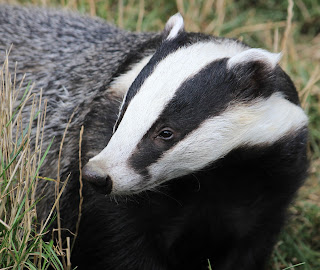RSPB Pulborough Brooks

It was a very cold, winter day at RSPB Pulborough Brooks yesterday. Whilst walking out onto the reserve there was a group of birders with scopes at a viewpoint that looks over the reserve. They told me they had seen a Dartford Warbler perched on one of the posts in front of them around half an hour ago. However the last they had seen of it had flew into the gorse. I waited for 10 minutes but it never showed. :( When I reached the hide the lake and grassland in front of me was alive with Wigeon and Teal. Electric calls of tumbling Lapwing and honking Canada and Greylag Geese was what I could hear. Quite a few Fieldfare were around as well, they were bathing in outer ponds, or puddles in fact, that surrounded the lake. Starlings were flitting to and from the lake, feeding with the ducks and then flying off in extremely small 'murmurations'. Wigeon There were also 2 Pied Wagtails bobbing around the edges of the water. Pied Wagtail Whilst visiting Netleys hide



